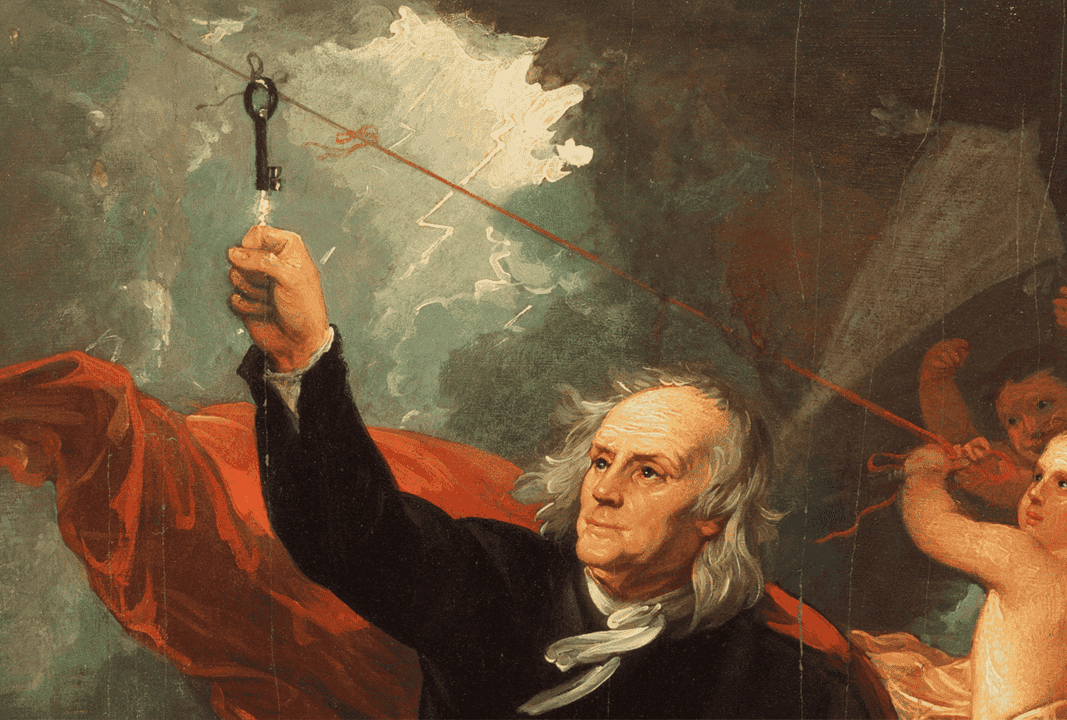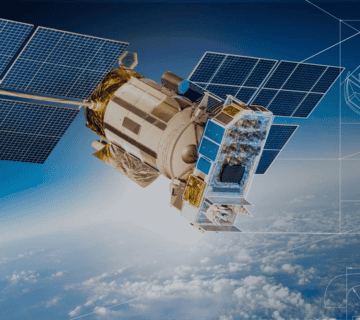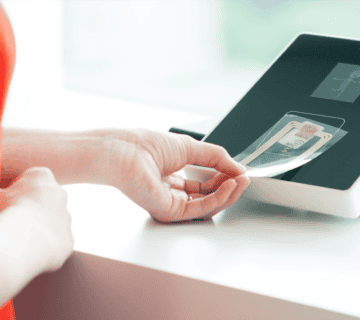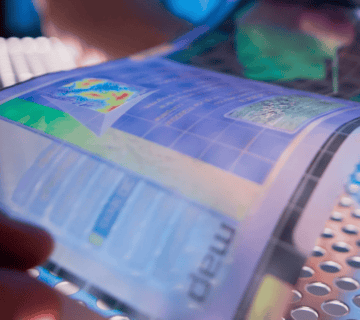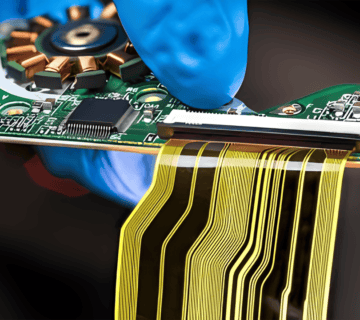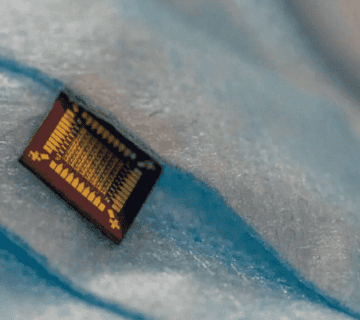A Kite, a Thunderstorm, and the Spark of Electricity
The story of Printed Circuit Boards (PCBs) begins long before the advent of computers. It traces back to the 1700s, when Benjamin Franklin famously flew a kite during a thunderstorm, uncovering the magic of electricity. This pivotal moment ignited a fascination with harnessing electrical energy, laying the groundwork for the innovations we rely on today. Fast forward a few centuries, and this curiosity would evolve into the backbone of modern electronics: the printed circuit board.
The Birth of the PCB Concept
In 1903, German inventor Albert Hanson introduced the revolutionary idea of a flat conductor system on insulating boards. Hanson envisioned conductive paths arranged neatly on flat surfaces, eliminating the bulky, chaotic wiring of the time. However, the technology to bring his vision to life was still lacking. It wasn’t until World War II that the PCB concept gained momentum. Austrian engineer Paul Eisler developed a method to print circuits on copper foil adhered to non-conductive boards, transforming the efficiency and reliability of electronic devices. This breakthrough proved essential during wartime, powering radios, proximity fuses, and communication equipment.
Post-War Boom: Enter the 1950s
The post-war era saw rapid technological advancements, with PCBs playing a crucial role. The introduction of the transistor by Bell Labs revolutionized electronics, replacing bulky vacuum tubes and enabling devices to shrink in size. During this period, televisions became household staples, radios proliferated, and rockets ventured into space. Lightweight, energy-efficient PCBs powered these innovations, solidifying their place as a cornerstone of modern technology.
The 1970s: Enter the Integrated Circuit
The 1970s marked a turning point in electronics with Jack Kilby’s invention of the integrated circuit (IC). This development packed millions of transistors into compact chips, allowing for faster and more efficient processing. PCBs adapted quickly, supporting the rise of home computers like the Apple I and gaming consoles such as the Atari. No longer confined to military or industrial use, PCBs became integral to everyday life, enabling a wave of technological accessibility and innovation.
The Digital Age: 1980s and Beyond
The 1980s heralded the digital age, introducing devices like Walkmans, VCRs, and gaming consoles that brought entertainment into homes and pockets. Advanced PCB designs allowed these gadgets to become smaller, more powerful, and more affordable. By the 1990s, personal computers and the internet redefined communication and productivity, while cell phones became indispensable. Design tools like Electronic Design Automation (EDA) software streamlined PCB creation, facilitating greater complexity and mass production at unprecedented scales.
Today & Tomorrow: PCBs in a Connected World
Today, PCBs are omnipresent. From wearables and smartwatches powered by flexible PCBs to 5G networks reliant on High-Density Interconnect (HDI) boards, these tiny but powerful components are the foundation of modern technology. Autonomous vehicles, smart homes, and the Internet of Things (IoT) rely heavily on PCB advancements. Looking forward, PCBs will be instrumental in developing technologies such as artificial intelligence, space exploration, and even printed circuits on other planets. The possibilities are limitless, with PCBs continuing to drive innovation across industries.
Fun Fact: A Military Spark
The first mass production of PCBs began during World War II with proximity fuses. These devices allowed artillery shells to explode with remarkable precision, showcasing the military origins of many modern technological innovations.
Beespenser: Innovating the PCB Landscape
At Beespenser, we recognize the critical role of PCBs in shaping the future of electronics. Our cutting-edge solutions, such as Monobee, are designed to simplify prototyping and production. With the ability to print and test circuits on flexible or rigid surfaces, our technology reduces development timelines from weeks to mere hours. Whether you’re working on IoT, wearables, or smart devices, Beespenser ensures your ideas transition seamlessly from concept to reality.
Discover how Beespenser’s innovative PCB technologies are driving the future of electronics. Your next breakthrough begins here!
Bee Insight
At Beespenser, we celebrate the transformative journey of PCBs every day. From enabling flexible electronics to empowering rapid prototyping, we are committed to supporting innovation at every step. Together, let’s continue shaping the future of technology.
Stay curious, and keep buzzing! 🐝 Team Beespenser
Ready to Revolutionize PCB Production?
Discover how Monobee can simplify and accelerate your PCB design and production processes. Learn More Today!

